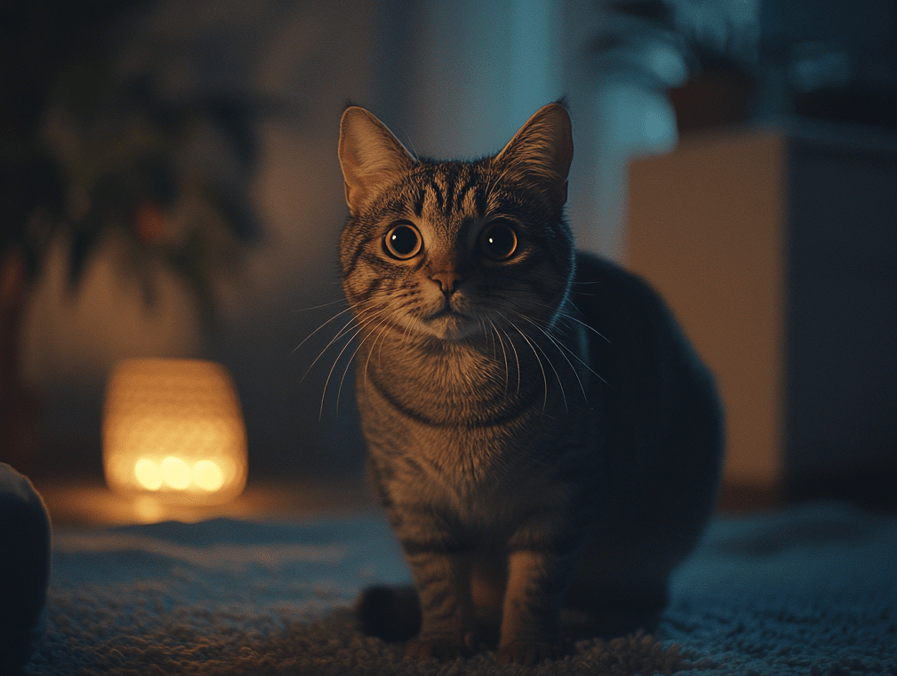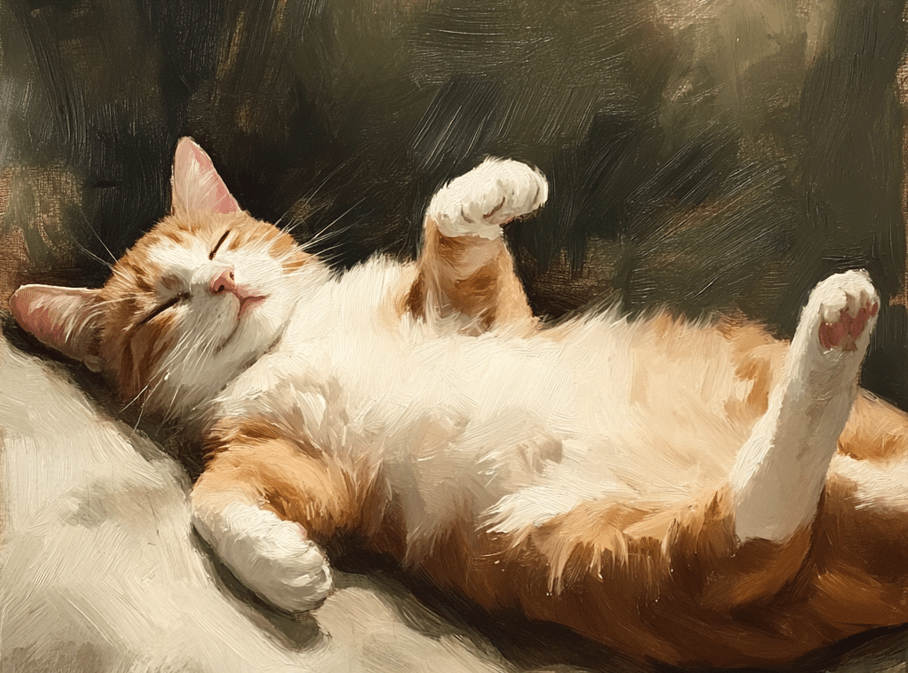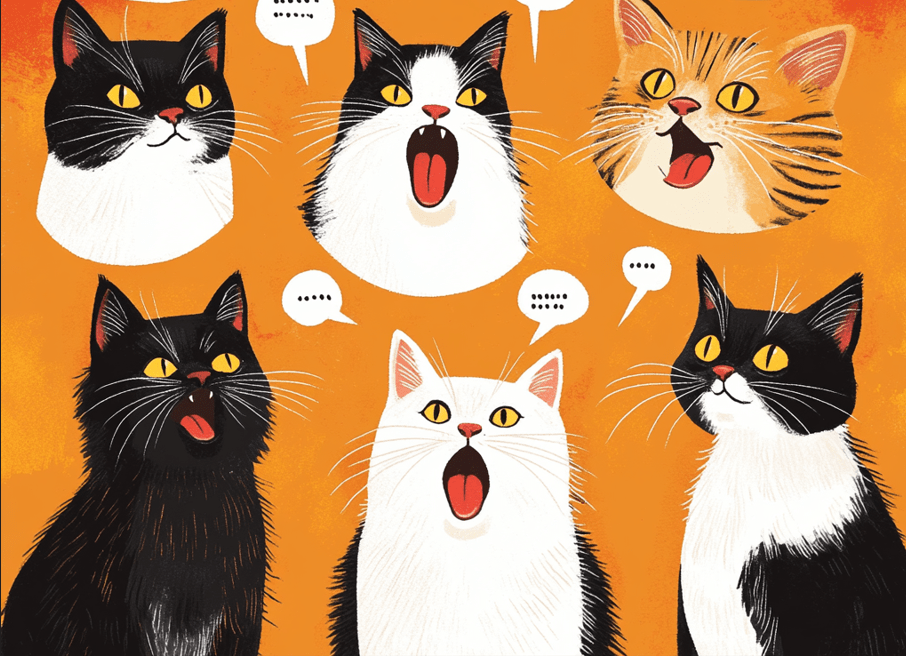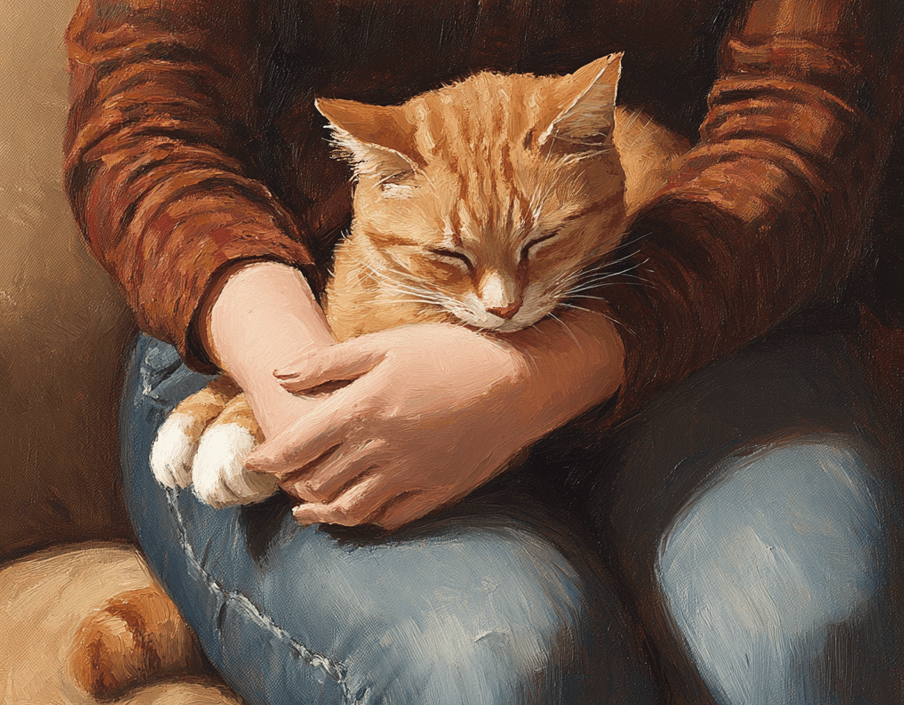
“How do cats apologize?” It’s an interesting question. People have been fascinated with owning cats since ancient times due to these animals’ independent nature and reserved behaviour. Cat owners worry often about their pets showing remorse or regret toward bad behaviour. Our desire to see cats showing remorse and apology needs to match the true scientific facts about their responses. We will investigate what behaviours cats display to show their emotions when they hurt their owners and if cats possess true human-style apologising skills.
Overview of Key Points
1.The psychology of cats and their emotional capabilities
2.The difference between guilt and behavioral responses in cats
3.Cats communicate certain reactions that indicate their misbehaviour and impact on their owners
4.Common signs that your cat may be “apologizing”
5.Create better connections with your cat by interpreting their actions.
6.The natural instincts of cats determine their actions following specific events.
The Emotional World of Cats
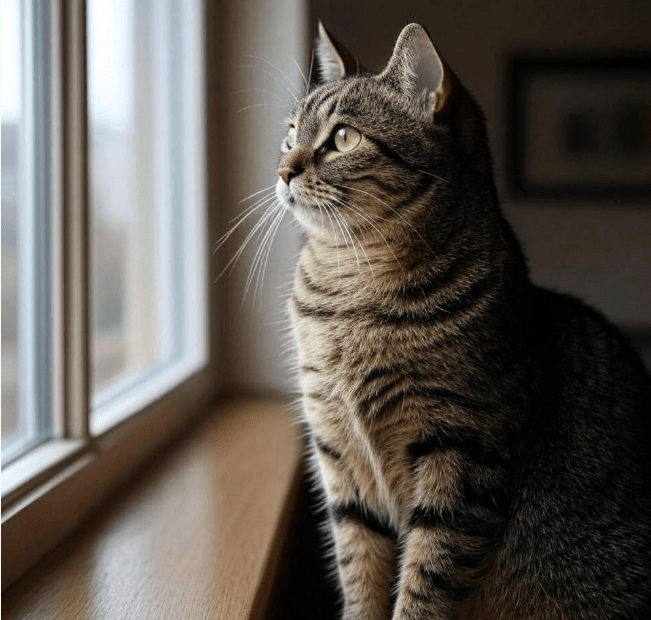
We must examine how cats truly show emotions in their world to determine their capabilities for apologies. Cats remain solitary creatures in the wild because humans have not domesticated them for as many generations as with dogs. Domestication happens slowly for cats who keep their natural instincts and display its impact in their manner. Due to their different natural origins cats display their emotions less overtly than other species including humans.
The evidence demonstrates that cats understand emotions as well as humans feel them. Science indicates that cats respond emotionally to states of happiness as well as fear alongside anxiety and love. Different aspects in their lives such as the environment where they live their health and social contacts determine how they feel. The matter of guilt proves elusive for researchers when studying cats.
Do Cats Feel Guilt?
Scientists and researchers study the presence of guilt in animals but debate its existence within their species. Most scientists agree that while animals like dogs can display behaviors that seem like they are “guilty,” this is more of a learned behavior rather than an indication of a true sense of guilt. Many animals including cats do not develop self-awareness to wrestle with their inner emotions like humans experience guilt.
If their owner sees a cat using furniture or knocking objects off tables they will become submissive and avert their gaze. People usually read these reactions as evidence of guilt based on their interpretation of cat behaviour. Cats react to the way their owners stand and speak along with their current setting which causes them to retreat or show submission actions.
How Do Cats Apologize?
Although cats do not experience guilt like humans do they still express their bond through physical forms of affection with their owners. When cats act improperly what behavioural changes show they are sorry Their apologies take shape through movements and nonverbal methods of communication.
Physical Gestures of Affection
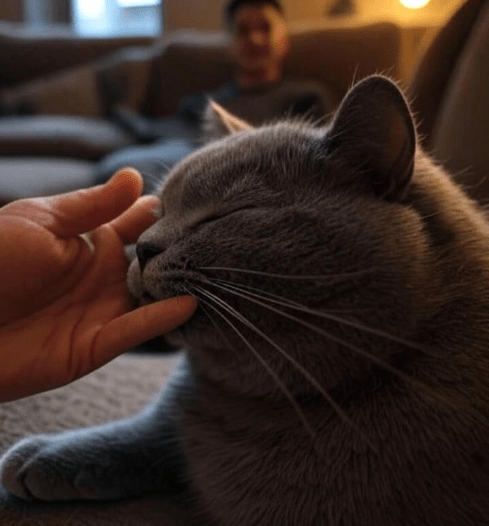
One of the most common ways cats “apologize” is by offering physical affection. After doing something wrong a cat will make eye contact and lean their head or body against their owner while touching their face. Cats use this conduct to return to harmony and strengthen their bond with you. To indicate reconciliation cats gently rub their face against their owner and release scent from their face glands. In this context cats use physical touching to form a connection and help bring back peacefulness.
Kneading
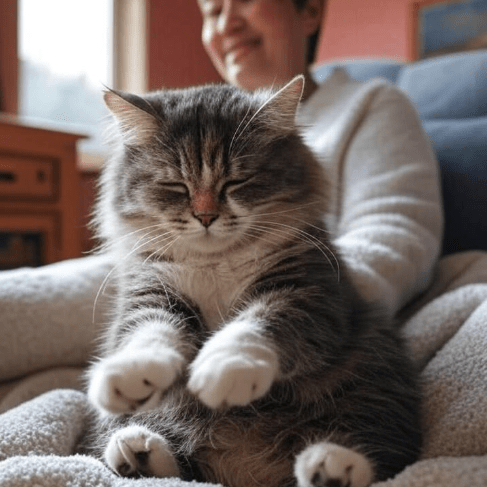
Kneading is another classic behavior that may occur when a cat is looking to “apologize.” For apology reactions the cat uses their paws to press against a soft material like cloth or human legs. When kittens nurse from the mother cat they naturally perform kneading movements as a sign of contentment. Adult cats retain this behavior as a sign of contentment and trust. When your cat kneads your body after misbehaving it shows their need for reconciliation and to recover their affectionate state.
Slow Blinking
A cat demonstrates trust and affection through gentle blinking movements. A cat shows relaxation and trust with their slow blinking behaviour toward their owner. When your cat slowly blinks following misbehaviour this indicates they have moved beyond the issue and wish to mend things. When cats slowly blink towards other felines and humans they show it as a sign of safety and attempt to establish peace.
Giving Space and Avoiding Conflict
Cats can show remorse through movements that grant their owners personal distance. The cat takes this distance when they sense first punishment afterward. A cat will instinctively seek another room and take a rest when an action makes their owner unhappy. They withdraw to protect themselves from the unpleasant atmosphere the conflict has created. This behaviour provides relief to both cats and their owners which improves the chance of better relations during future interactions.
Bringing Gifts
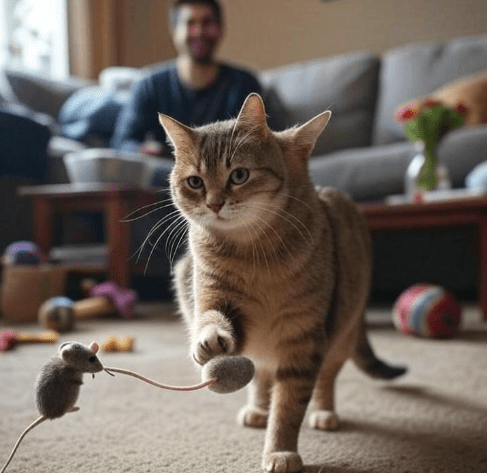
When cats bring objects to their owners they do so to display their supportive intentions. While this is more commonly observed in wild cats or those with access to the outdoors, domestic cats have been known to offer “gifts” to their owners in the form of toys, or, in some cases, small prey they catch outside. Wild cats bring food to their family members as a natural sign of caring and love. While it may not always be an “apology” in the human sense, this behavior can be interpreted as a peace offering or a demonstration of their appreciation and loyalty.
The Role of Cat Instincts in Apologizing
All animals including cats live by their instinctual nature. Cats develop their actions through both their basic instincts and what they have learned to do. A disturbed cat behaves due to instinctual impulses stemming from its nature or reactions to outside elements but does not reason deliberately like humans when saying sorry.
As part of their natural instincts cats scratch furniture where they feel they need to defend their territory. When a cat notices their behaviour causes displeasure their owner can expect the cat to avoid repeating the action in future but this does not mean the cat feels remorse. Their reactions are based on feedback they got and make them turn to their human partners for comfort.
Creating Stronger Connections Through Cat Interaction
Understanding how cats express themselves and what they might be “apologizing” for is essential to fostering a healthy and positive relationship with your feline companion. Your bond with your cat will grow when you watch their actions to understand their needs and help them feel safe.
Disciplining a cat does not use punishment because they cannot connect physical actions to related consequences as people and even dogs do. Teach better behaviors through rewards while offering suitable replacement activities. After your cat hits the counter or damages furniture, provide them activities they can do like playing or using scratching posts instead of giving them a scolding.
Building a relationship with your cat that is based on understanding and trust will likely lead to more positive behaviors, and it’s possible that you’ll notice your cat offering affection as their way of “apologizing” when something goes wrong.
Conclusion
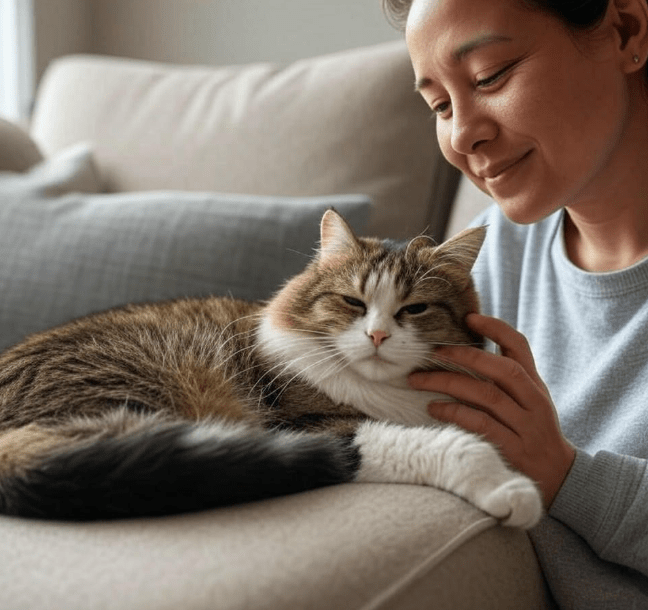
Cats display emotional reactions that differ from human guilt yet demonstrate ways to make peace after conflicts occur. In spite of their independent nature cats convey their need for peace and affection through contact and quiet signals like slow eye blinks along with gifts of presents or room.
Every pet owner needs to recognise how cats express their feelings unlike humans because what looks like apology is typically their way to show affection through actions. Your understanding of cat behavior combined with patient support allows you to grow closer to them and build a better space for both of you.
So, the next time your cat misbehaves, instead of asking “How do cats apologize?” try to observe how they respond to you. They show their love by preparing to advance their connexion.

